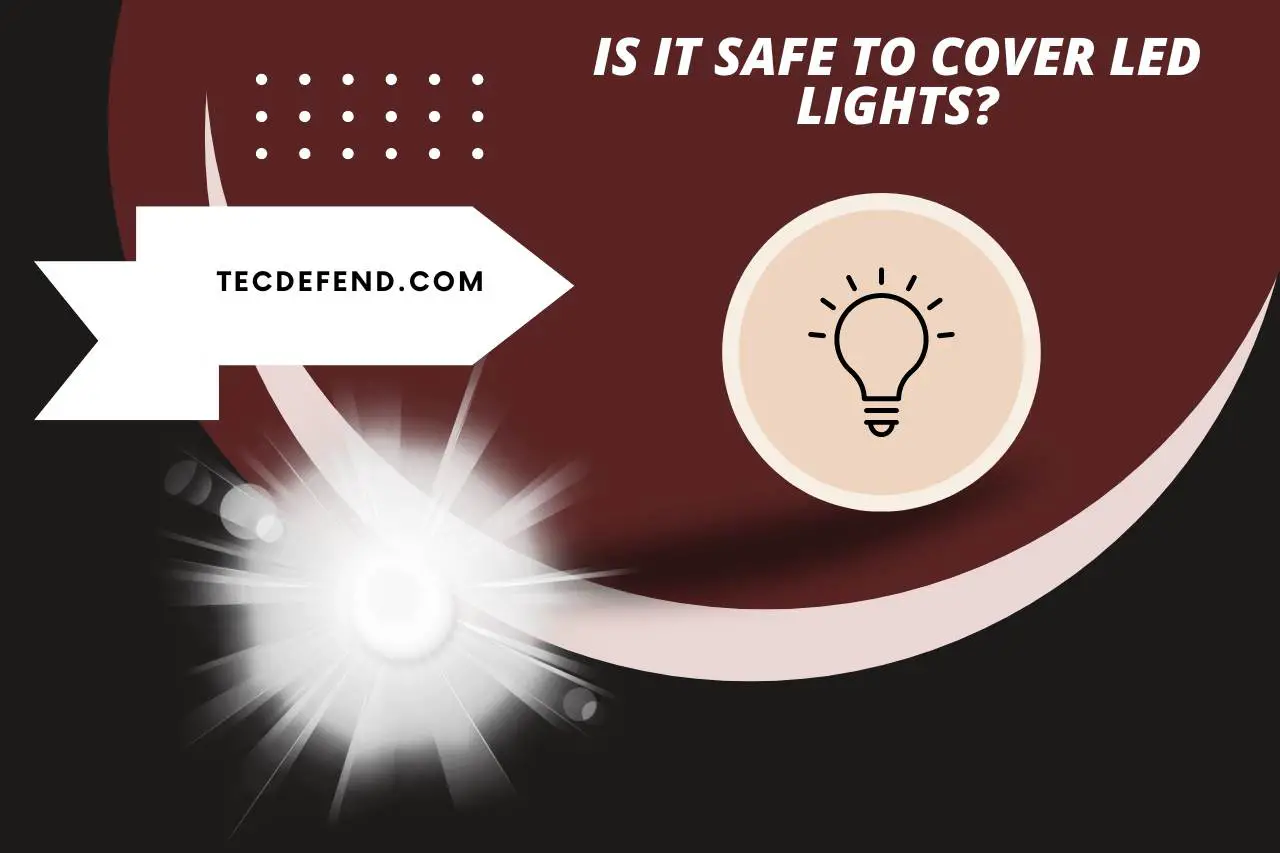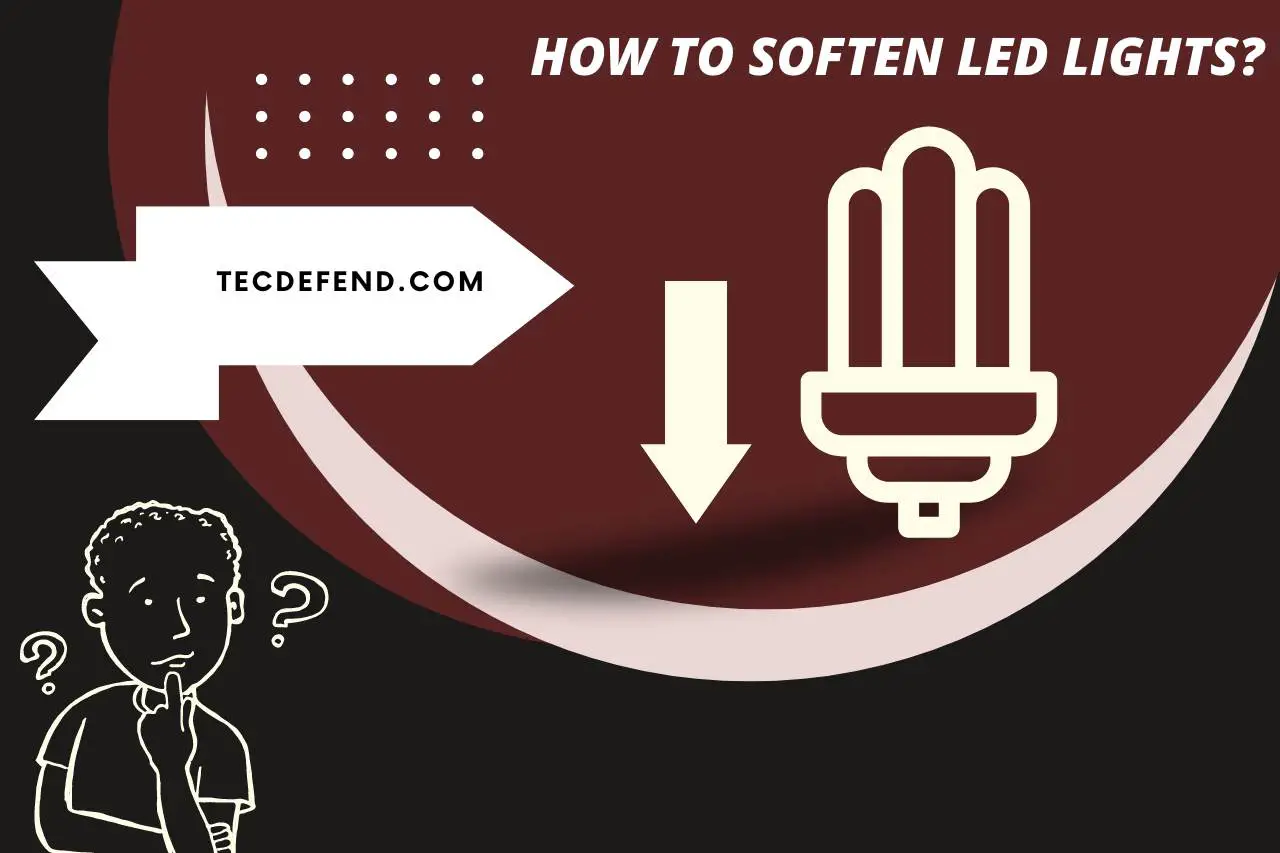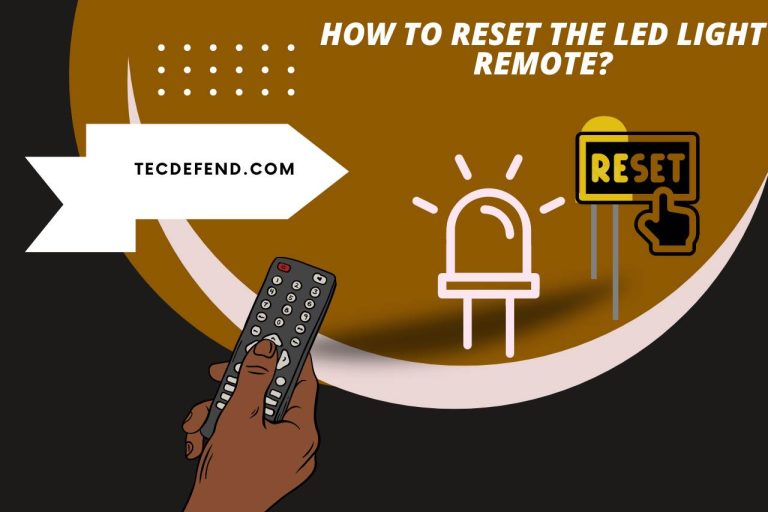How to Soften LED Lights? (Step-by-Step Guide)
LED lights have transformed modern lighting with their energy efficiency and variety. The intensity of LED lighting can occasionally feel harsh or overwhelming. The lighting experience can be significantly enhanced by softening LED lights. It will create a cosier and more pleasant environment. The softer LED light, which also aids in reducing eyestrain, enhances the area’s visual appeal and harmony. How to soften LED lights? Let us explore it in this article.
What are Softening LED Lights?
When LED lights are ‘softened,’ they are made less intense and harsh, so the illumination is softer and more pleasant. A diffuser, a tool used to spread light evenly and expand the light beam, can be used to do this.
Diffusers lessen the amount of direct sunlight, which lowers glare and produces a softer lighting impression. Diffusers assist in reducing the starkness of the light source when used with LED lights making the lighting experience more pleasant and aesthetically pleasing.
Diffusers are essential for achieving softer, more diffused LED lighting, and they are made from white paper or fabric or purchased especially for LED lights.
Benefits of Softening LED Lights
There are various advantages to softening LED lights. They are guided to a more comfortable and affordable lighting environment. Diffusers help to ease the harsh intensity of LED lights. It will reduce energy use and electricity bills.
The softer lighting also improves the environment, which is less stressful on the eyes and encourages a more positive attitude.
Diffusing LED lights also aid in heat dissipation, creating a cooler and more comfortable environment. Dimmer switches enable more control of LED light intensity. It will become suitable for various tasks and moods as a result.
The benefits of softening LED lights are increasing energy efficiency, creating a more attractive and pleasant environment, and improving resident and visitor comfort.
How to Soften LED Lights?
Different techniques can respond to varied preferences, and needs can be used to soften LED lights. Dimmering enables you to alter the brightness of the LED lights and make them softer and more pleasant. It is one of the simplest methods.
A diffuser is an excellent option to keep the brightness but reduce the intensity. Without compromising brightness, diffusers disperse the light and lessen its harshness. Lampshades can spread light and produce a gentler environment by acting as excellent diffusers.
While keeping their appearance and brightness, filters are another option for softening LED lights. You can produce a softer, more relaxing light by lowering the colour temperature of the LED bulbs. It can make more energetic light by raising the colour temperature.
The LED lights’ orientation can be changed to improve light distribution and lessen harsh spotlighting. Using a reflector can further soften by reflecting the light off surfaces.
You may naturally reduce brightness and get softer illumination by choosing LED bulbs with lower wattages. LED lights can reduce glare and produce a more soothing glow by being placed out of direct view.
Covering the lights with a cloth or material will considerably dilute the light and produce a soft, diffused glow for a more pronounced softening effect. Be careful to prevent the covering material from impairing proper heat dissipation should be taken.
Dimming LED lights have several advantages, including lower energy use, increased comfort and environment, and the flexibility to design unique lighting environments to match different activities and moods.
Finding the ideal technique for softening LED lights will improve the lighting in any environment.

Is It Safe to Cover LED Lights?
The answer is yes. Covering LED lights is safe as long as it is done correctly and with suitable materials.
LED lights are generally safe to cover with most materials due to their energy efficiency and low heat output.
Benefits of protecting LED lights include light dimming and touch protection for the bulb. But essential to keep away from covering them with materials like tape or metal that could lead to overheating.
It is safe and practical to adequately protect LED lights to achieve the desired lighting effect and safeguard the lights from potential harm in various applications.
The Easiest Way to Reduce the Intensity of a LED Light
The simplest methods for reducing an LED light’s brightness are-
- Invest in Lower-wattage Bulbs – Less intense light while maintaining energy efficiency, choose LED bulbs with a lower lumen output to produce a softer.
- Switch to Dimmer Switches – Install dimmer switches so you may change the LED lights brightness. Dimmers allow you to regulate the light’s intensity and establish a cosy environment.
- Use Resistors – You can fine-tune the brightness to suit your needs by adding resistors to the LED circuit for analogue dimming. Ensure that all laws concerning LED illumination are followed. Mainly when used in vehicles.
- Use a Diffuser Foil – Attach diffuser foils in front of the LED illuminant to spread the light and produce a more comprehensive light distribution. The perceived brightness is decreased while the LEDs’ efficiency is preserved by doing this.
Using these techniques, You may change the LED lights’ brightness and effectively modify the lighting to fit various circumstances or preferences.
Are Too Bright LED Lights Harmful to the Eyes?
The answer is yes. LED lights can damage your eyes, especially when exposed to them for long periods. LEDs emit intense light that may be phototoxic, resulting in eye irritation, inflammation, and possibly long-term eye damage.
Long-term extended exposure to bright LED light might cause permanent eye problems. You must stop using LED lights if you feel any discomfort or eye-related symptoms after doing so to avoid further harm to your eyes.
Watch this one,
Video Credits – Think Reno
You May Also Like
- Why are Parts of My LED Lights Different Colors? (Tips & Techniques)
- How to Re Stick LED Light Strips? Tips & Tricks You Need To Know
- Do LED Lights Attract Spiders? [Some Ways To Prevent It]
- How to Connect LED Lights to Phone? Seamless Integration!
- How to Reset the LED Light Remote? Follow These Steps!




![How to Hang Up with Airpods Pro? [Best Tips & Tricks]](https://tecdefend.com/wp-content/uploads/2023/02/how-to-hang-up-with-airpods-pro-768x512.jpg)


